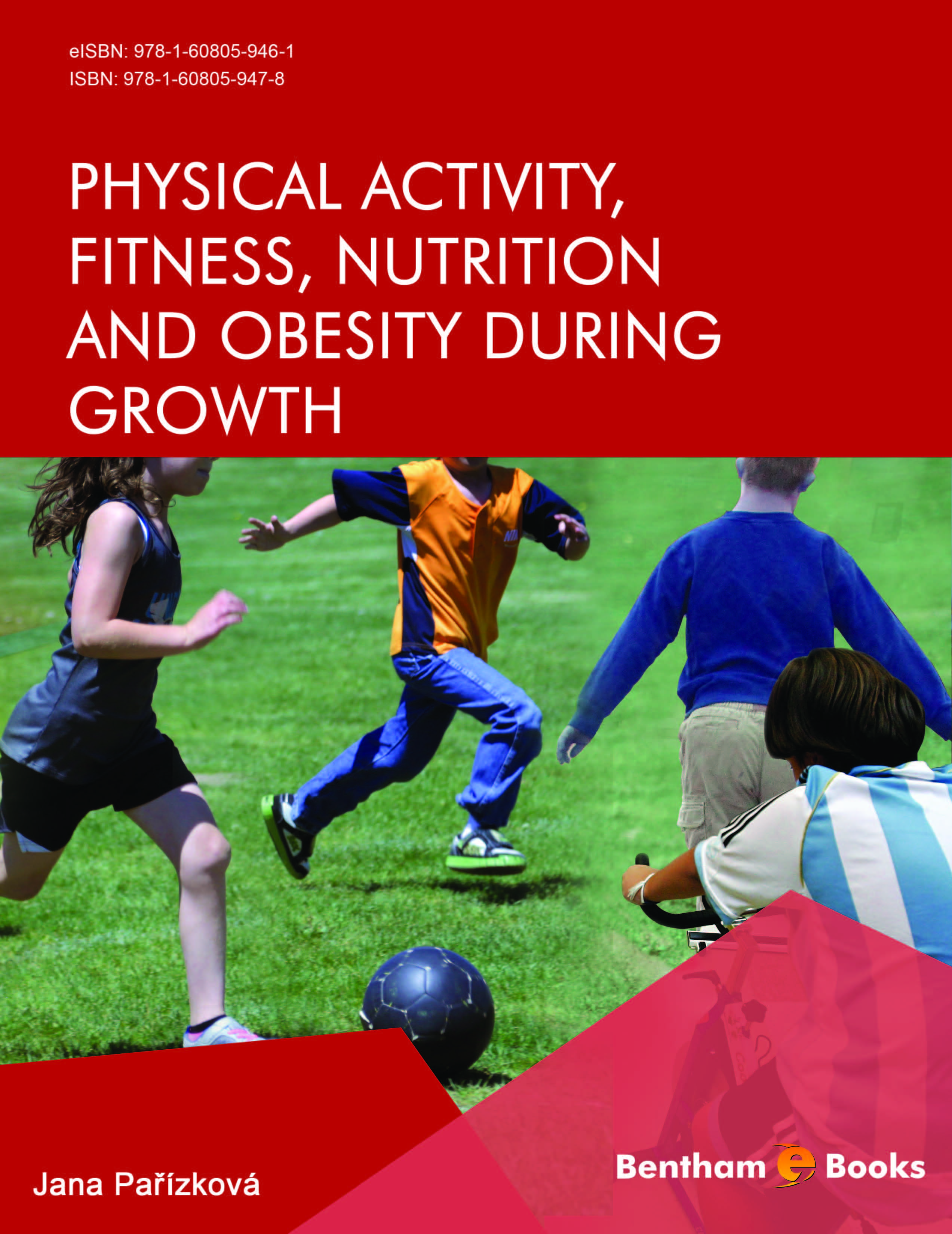Optimal health and a high level of fitness have been long recognized as a key to the future of
any human population. Concern for the development of future generations has been a central
theme in all civilizations, not only in those well developed, but also in primitive ones.
However, even under positive conditions of problems can appear: provision of a favourable
environment with an ample diet, adequate education and health care is no guarantee that
appropriate level of physical fitness, health status and its prognosis in children and
adolescents will be achieved.
The increasing level of economic conditions and the improvement of nutrition have been
contributing not only to an accelerated growth and development, but also to disproportional
development of body composition, which concern the whole population. This has manifested
especially by an increasing ratio of adipose tissue in the organism, which has affected all age
categories including the preschool one; often without more apparent changes of total body
weight and body mass index - BMI (“hidden obesity”). Nutritional intake, both from the point
of view of energy content as well as the composition of the diet (especially the ratio of
saturated fats and simple sugars) has not corresponded to the actual needs of the organism -
mainly from the point of view of reduced energy expenditure resulting from the impact of
physical inactivity (WHO 2010a,b,c). This concerns already children of early age, who are
characterized by highest level of spontaneous physical activity, and therefore reduced
possibility to move, play and exercise is mostly unnatural at this age. This mostly continues
during following years and has undesirable results.
Secular trend of increasing adiposity along with the reduction of functional capacity and
motor abilities was found since youngest age, and runs parallel with increased health risks
which have started to appear already during this period of growth. With regard to health
problems resulting from a generally enhanced adiposity and increasing prevalence of obesity,
this situation is harmful at any age including school age and adolescence, especially when
considering possible delayed health effects in adult and advanced age. Introduction of an
appropriate régime of not only nutrition, but also of physical activity is indispensable, starting
with the very beginning of life. In this respect, an approach based on proper evaluation of the
individual including genetic factors should be also implemented as all humans are special
from all points of view – also as nutritional and motor individualities (Pařízková 1998, 2008,
2010, 2011).
More recently also the interrelationships between nutrition - its energy content and
composition on the one hand, and energy expenditure resulting from physical activity level on
the other one have been considered and analyzed in greater extent and detail. However, the effect of physical activity (PA) as a significant metabolic, nutritional, hormonal, psychological
etc stimulus has not always been - as has been much more the effect of others like diet
– more exactly defined, assessed and analyzed with regard to its character, intensity,
frequency and regularity along satifactorily long periods of human growth, and also with
special regard to not only genetic, but also epigenetic factors influencing the organism since
early life. The last mentioned factor – the composition of early diet concerning e.g. proteins –
was mentioned above.
This monograph is aimed, among others, to contribute to this problem and with an effort for a
more complex approach. However, it has been too difficult to summarize more aspects in
their mutual relationships, and also according to the present state of art, as this fragmented
research is a permanently developing story. Too many new studies and reviews have been
appearing during recent years until present which have not been homogenously aimed and
planned, executed, elaborated and interpreted, followed up in comparable groups with regard
to age span, gender, degree of sexual maturation, dietary intake, social and cultural status and
many others – so consented conclusions could have been hardly achieved. But hopefully,
some of the presented information could at least partly contribute to further developement of
this important topic.
Jana Pařízková
Obesity Management Centre
Institute of Endocrinology
Prague, Czech Republic
REFERENCES
World Health Organization. (2010a). Report of the workshop on integration of data on physical activity
patterns. http://www.euro.who.int/en/health-topics/noncommunicable-diseases/obesity/publications/2010/report-of-the-workshop-on-the-integ- ration-of-data-on-household-food-avail ability-and-individual
–dietary-intakes).
WHO Europe. (2010b). Part of a WHO/EC Project on monitoring progress on improving nutrition and
physical activity and preventing obesity in the European Union.
World Health Organization. (2010c). (http://www.euro.who.int/en/health-topics/noncommunicablediseases/obesity/publications/2010/ report-of-the-workshop-on-the-integration-of-data-on-physicalactivity-
patterns).
Food and health in Europe: a new basis for action. WHO/Europe.
World Health Organization. (2011). infobase https://pps.who.int/infobase/report.aspx.
World Health Organization. Obesity and overweight, Fact Sheet No 311, Updated March 2013.
Pařízková, J. (1998). Interaction between physical activity and nutrition early in life and their impact on
later development. Nutr. Res. Rev., 11(1), 71-90.
[http://dx.doi.org/10.1079/NRR19980006] [PMID: 19087460]
Pařízková, J. (2008). Impact of education on food behaviour, body composition and physical fitness in
children. Br. J. Nutr., 99 (Suppl 1), S26-32. Review.
[http://dx.doi.org/10.1017/S0007114508892483] [PMID: 18257949]
Pařízková, J. (2010). Nutrition, Physical Activity and Health in Early Life. (2nd ed.). Boca Raton- London
– New York: CRC Press Taylor and Francis Group.
Pařízková, J (2011). From an inactive and obese to a fit child: how long is the way? Czech experiences.
Adv. Nutr., 2(2), 177S-81S. Epub Mar 10.
[http://dx.doi.org/10.3945/an.111.000349] [PMID: 22332050] [PMCID: PMC3065757]
Pařízková, J. (2014). Fatness and fitness related to exercise in normal and obese children and
adolescents. J. King Saud Univ. – Sci., 26, 245-253.

